By William E. Welsh
From the moment he was crowned King of France in 1514, Francis I shared the same obsession with the rich Italian territories of Milan and Naples that his predecessors, Charles VIII and Louis XII, had shown during their time on the throne. The previous two French kings had been locked in a bitter struggle with Spain for control of the Italian peninsula for nearly two decades when Francis came to power. The advantage in the so-called Italian Wars shifted back and forth, depending on which commander’s genius shone most brightly or which side’s forces were most adept at the new tactical requirements of Renaissance warfare. The struggle would take on a new intensity five years later, when Charles V of Austria, the reigning King of Spain, was elected Holy Roman Emperor in June 1519, following the death of Emperor Maximilian I.
Four years earlier, Francis had swept into the Duchy of Milan at the head of a 30,000-man army intent on driving the Swiss from the territory. With Charles III, Duke of Bourbon and Constable of France, fighting by his side, Francis vanquished the Swiss at Marignano in a fierce, two-day battle in September 1515. But Bourbon was not treated well by the royal family during the years following Marignano. An attempt by the king’s mother, Louise of Savoy, to seize Bourbon’s hereditary lands through a lawsuit drove him into Charles’s camp. Bourbon then enlisted Charles’s assistance in attempting to overthrow Francis and seize the French throne for himself. When the plot was uncovered the following year, Bourbon fled to Italy, where he became a top general in the Imperialist army.
Francis focused his attention on suppressing a revolt in Bourbon’s lands, turning the day-to-day operations of the kingdom over to his mother, who promptly confiscated Bourbon’s lands in the name of the king. In October, Francis dispatched his closest friend and most trusted follower, Guillaume de Bonnivet, Admiral of France, to recapture Milan, which the Imperialists had retaken, and to apprehend Bourbon, who had taken up the sword against him in Italy. Bonnivet’s force of 18,000 French troops met up with an equal number of Swiss mercenaries en route and marched on Milan. Although he outnumbered the Imperialists by two-to-one, he went into winter camp believing he was outnumbered.
Throughout the winter of 1523-24, reinforcements poured into the Imperialist camp in the form of mercenaries from southern Germany known as Landsknechts, a large number of whom were led by Bourbon himself. Along with their Venetian allies, the Imperialists now had a force as large as the French. By December, the initiative had swung over to the Imperialists. A new commander, Charles Lannoy, Viceroy of Naples, together with Bourbon, began raiding French outposts on a regular basis. As a result, Bonnivet began a slow retreat, a situation that became dire when as many as 13,000 Swiss returned to their homes following a pay dispute, reducing French strength considerably.
The Imperialists under Lannoy launched a full-scale offensive in March 1524 to completely drive the French from Milan. Bonnivet struggled to keep his forces together and get them across the border before they were destroyed. When he was seriously wounded in one of the many Imperialist probes, two of his subordinates, Chevalier Pierre Terrail de Bayard and Count Francois de St. Pol, assumed joint command. The end of Bonnivet’s ill-fated invasion came on April 30, 1524, at the Sesia River. Hundreds of Imperialist arquebusiers, moving swiftly on horses of their own or hitching rides with light cavalry, dismounted and fired from a safe distance at the retreating French pikemen and cavalry, felling them in droves. Unlike the Imperialists, the French had few arquebusiers of their own, and so were forced to charge repeatedly with their lances to keep the arquebusiers at bay.
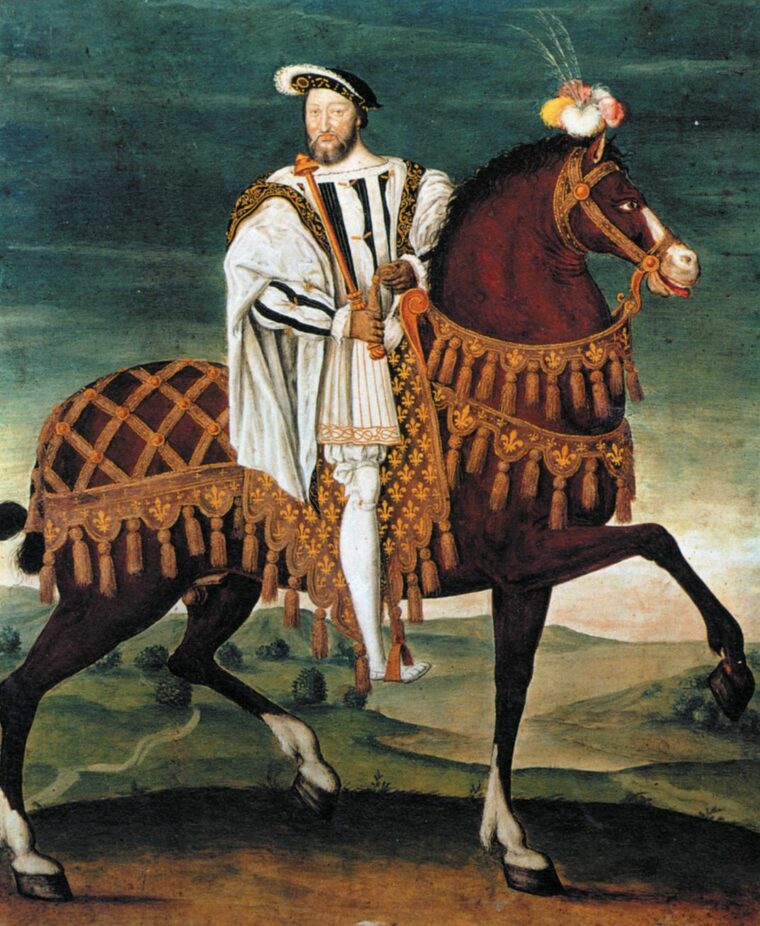
Each time the French gendarmes charged, the arquebusiers melted away, only to reappear at some other point on the flank of the retreating column to resume the attack. The Swiss mercenaries in the rearguard were shot to pieces and Bayard himself was mortally wounded by an arquebusier during a futile counterattack. The French forces eventually limped across the border. After consulting with the emperor, Bourbon, assisted by the gifted commander Fernando de Avolos, Marquis of Pescara, obtained Charles’s permission on June 30 to invade Provence.
Bourbon’s army consisted of 10,000 Spanish troops, 800 Landsknechts and 26 cannon. His offensive ground to an abrupt halt in August, when he laid siege to Marseilles. The city was defended by a sizeable garrison of 4,000 regulars supplemented by about 6,000 militia. Two assaults, one in August and another in September, failed. Francis finally took action to lift the siege. Together with a now-recovered Bonnivet, Francis marched down the Rhone River and arrived at nearby Avignon. The presence of a large French force in his rear made the Imperialist position untenable, and Bourbon abandoned the siege, but his retreat proved a much more difficult undertaking than his advance. To speed their withdrawal, the Imperialists destroyed their artillery by pushing the cannons into the Mediterranean Sea or shoving them down steep ravines as they plodded along narrow roads. As they continued east, the troops tossed aside their pikes and armor as well. The new constable of France, Marshal Anne de Montmorency, harried the Imperialists as they fell back along the coastline. By early October, the Imperialists were safely back in Italy—or so it appeared.
Leaving the pursuit to Montmorency, Francis shifted north and prepared to sweep into the Duchy of Milan. His army was not only larger than the Imperialist army but also in better spirits. He divided the invasion force into three parts. The column on the right, which was led by Montmorency, numbered about 5,000 and was composed of Italian light cavalry and Landsknechts. The column in the center, led by Jacques de Chabannes, Seigneur de la Palice, had roughly 7,000 French infantry and 2,000 men-at-arms. The column on the left, comprised of 10,000 lances and archers, was led by Francis. While Montmorency nipped at the heels of Bourbon and Pescara as they retired toward Genoa, Francis crossed the Alps and advanced on Milan. To increase the strength of his army, he sent a request to the Swiss cantons for mercenaries to join him in Italy.
The main column led by the French king arrived in Pinerolo, on the opposite side of the Alps, two days later. In Turin, Francis linked up with 14,000 Swiss mercenaries, raising his force to 24,000 for the drive on Milan. Nearly 8,000 Imperialists under Lannoy, who now commanded all Imperial forces in Italy, fell back before the superior French forces. The French outnumbered the two Imperialist armies by two-to-one. As Francis advanced, the Imperialists hurried to concentrate their forces and avoid being destroyed piecemeal. Luck was with the Imperialists; poor communications among the French columns, and a general deficiency in intelligence-gathering, enabled the Imperialists to avoid being surrounded. To preserve the Imperialist army, Pescara made a forced march to Pavia with 8,000 Spanish troops to link up with Lannoy, while Bourbon fought a delaying action with his Landsknechts.
The French War Council’s Split Decision
Francis, who was within a day’s march of Milan, was joined by La Palice on October 22. A period of heavy rain set in and the two sides were reduced to sending small columns and scouting parties to locate the enemy and ascertain its intentions. Although the Imperialists were in a position to contest Milan before the French could occupy it, Lannoy decided to abandon the city fearing that his army would suffer destruction from an outbreak of the plague that had ravaged the city that year and was still raging through its populace. Leaving a garrison just to the south at Pavia under veteran General Antonio de Leyva, Duke of Terranova, Lannoy withdrew east to Lodi. Despite the pestilence, Francis left behind 4,000 infantry and 600 men-at-arms under nobleman Louis de la Tremouille to hold Milan while he advanced on Pavia. The French king arrived before the gates of the city on October 28.
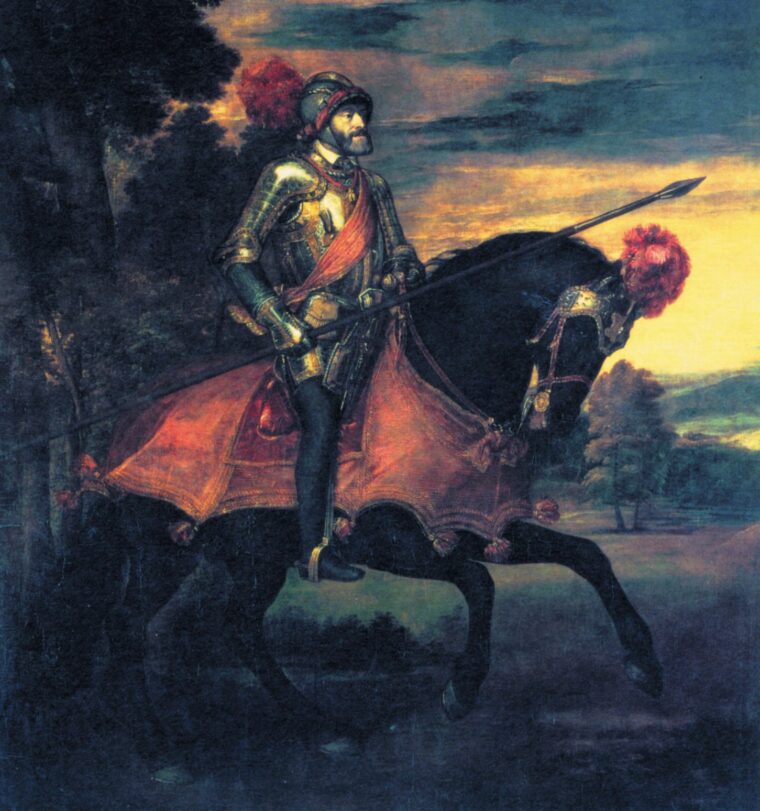
A French council of war, held after Francis captured Milan, was seriously divided over whether to pursue the retreating Imperialists or else turn south to attack Pavia and remove the threat that De Leyva’s garrison posed to the French flank. The majority, including la Tremouille, la Palice and Montmorency, argued that the king should advance at once on the Imperialists at Lodi, while Bonnivet and Charles de Valois, Duc d’Alencon, advised the king to consolidate his position by removing the threat from Pavia. If Milan were threatened by an Imperialist advance, the main body under the king would be able to reach Milan by a short march, Bonnivet reasoned. The king chose to side with Bonnivet, whose reckless character and chivalrous spirit were most attuned to his own, over his more experienced commanders. The choice was a poor one at best. The demoralized Imperialists had not had a chance to fortify their position at Lodi, whereas the Pavia garrison was heavily fortified and led by de Leyva, a veteran commander, whose resolve was as thick and unyielding as the walls surrounding the old city. For the march to Pavia, the French army was divided into a vanguard under La Palice and Flourance, a main body led by Francis, and a rearguard commanded by D’Alencon.
The French reached Pavia on October 28, and the various commands moved into place at all four points of the compass to isolate the city. La Palice commanded the forces to the east in a built-up area known as the Five Abbeys. D’Alencon marched his troops into the hamlet of San Lanfranco, west of the city. The main body under the king encamped directly north of the city in the five-square-mile hunting ground known as Mirabello Park, on the side facing Milan.
The lavish park, which consisted of a mix of woods and open space, was surrounded by a 15-foot-high wall. There was more than enough room for skirmishing between opposing forces, should the two sides find themselves doing battle inside the park, and the open spaces were large enough to allow the cavalry to deploy and charge. Entry into the park was through half a dozen fortified gates spaced at regular intervals. The terrain itself was less than desirable; the ground was saturated with water in the winter months. A major stream, the Vernavola, flowed south through the park and emptied into the Ticino River east of Pavia. In addition to the stream, numerous canals and irrigation ditches crisscrossed the low-lying grounds. The centerpiece of the park was Mirabello Castle. Although it was intended to serve as a hunting lodge, it was in fact a small castle complete with a moat and drawbridge.
The French artillery train arrived on October 31, and the siege guns were divided into two batteries placed on the east and west sides of the city. The last Imperialist connection with the outside world was severed when a large body of troops under Montmorency was ferried over the Ticino River to occupy an area known as Borgo Ticino on the far bank.
De Leyva had with him in Pavia some 9,000 troops. More than two-thirds of them were Landsknechts, the remainder was Spanish. He also possessed artillery, ample ammunition, and sufficient food and water to last for many months. Gunpowder, however, was in short supply. An even greater burden than the gunpowder shortage was the lack of funds to pay the German mercenaries on a regular basis. As the siege dragged on, De Leyva was forced to melt down church plate for gold and silver coinage to pay the mercenaries.
For the first few days each side probed the other’s defenses, but activity ceased when a period of heavy rain soaked the landscape in early November. During this time the French sent to Milan and other nearby outposts for additional gunpowder, where they too were running low. When the rains lifted, the French resumed their bombardment, managing to create breaches in both the east and west walls. The garrison responded promptly by building an interior line of defense in the form of ditches and ramparts to contain subsequent assaults.
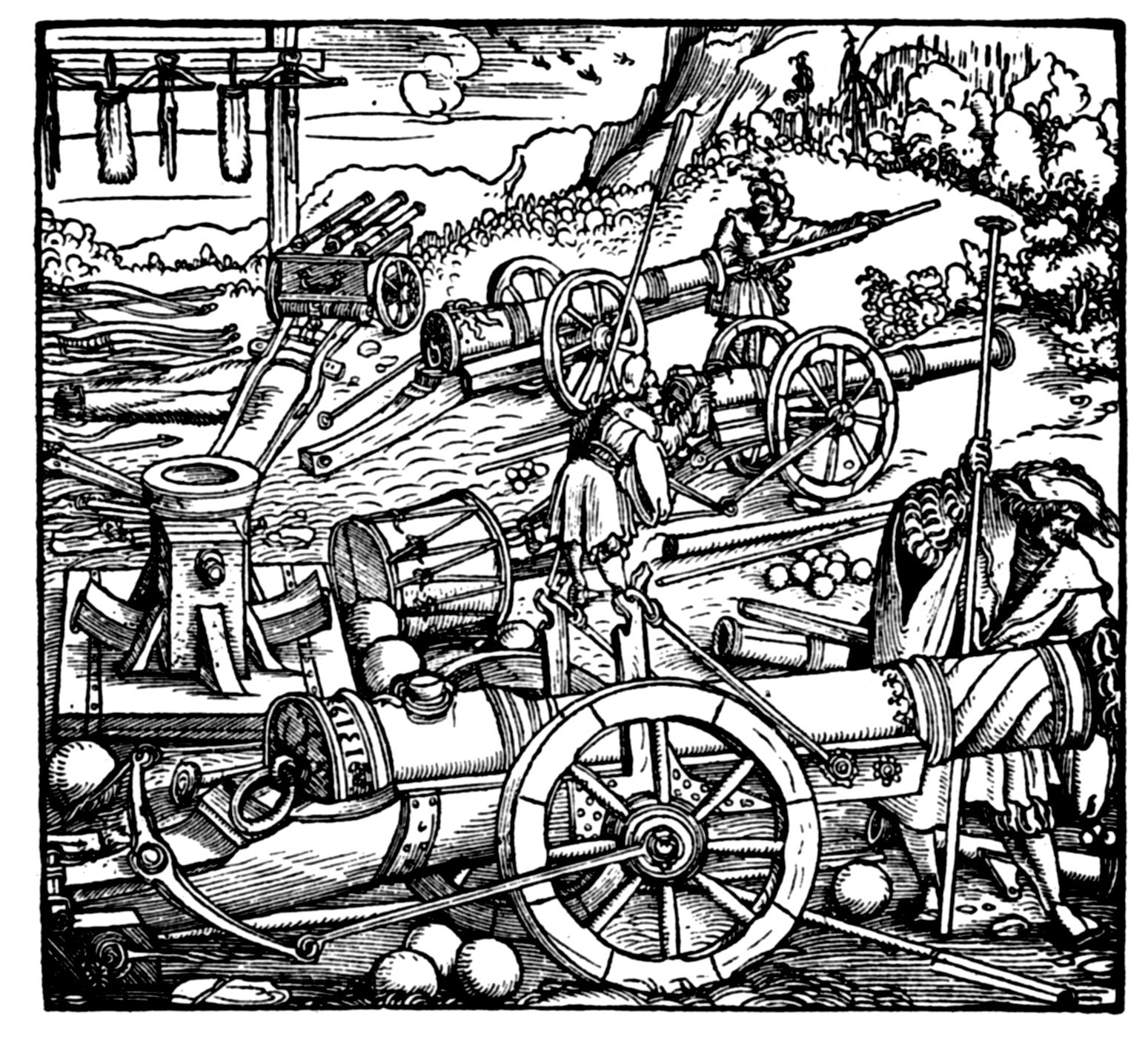
The French launched a simultaneous attack at both breaches on November 21. The king led a determined assault on the west side at San Lanfrenco, while Flourance led a similar attack on the east side from the Five Abbeys. Three times Francis tried to expand his attack once inside the breach, but each time his troops were easily repulsed. A similar multi-stage assault by Flourance also gained no appreciable advantage. The mood was somber at another French council of war held shortly after the attacks. Those present advised the king to turn the siege over to a subordinate and return to France with his military reputation intact. Only Bonnivet dissented from the otherwise unanimous decision, insisting that the king continue the siege after the recent setbacks. The king’s stubborn streak got the better of him, and he vowed to see the siege through to the end.
The damp weather that accompanied the arrival of winter hurt the French more than the Imperialists. What little gunpowder the French had was frequently damp, and as a result their siege guns were silent for the most part. Lacking ample supplies of powder, Francis entered into political discussions with other Italian states and Pope Clement VI in an effort to tip the political balance of power in his favor. The pope was interested in increasing his own power while decreasing that of Francis and Charles. He quietly sent 6,000 ducats to Charles to finance additional Landsknechts, while at the same time entering into a secret treaty with Francis, pledging not to support Charles and to persuade other Italian states to do the same. In return, he requested that Francis make available sufficient forces to wrest Naples from Spanish control.
The pope did not want Francis to send troops immediately, but simply to use the threat of French force to gain concessions from Naples.
Francis failed to pick up on this subtle point and promptly dispatched a force of 5,000 troops under Scottish-born John Stuart, the Duke of Albany, a member of his entourage living in exile, to march on Naples. It was a poor decision that further depleted his forces when he was trying to starve the Pavia garrison while holding the enemy relief force in Lodi at bay. In any event, Albany did not get far. He foraged for gunpowder in the towns on the road to Parma to send supplies back to Francis, but was forced by heavy snows to establish a winter camp less than two days’ march from Pavia. Once encamped, the French and Swiss under his command began bickering with each other. As a result, 5,000 Swiss returned to their own country. Albany eventually moved south, but he could get no farther than the Tiber River before the campaign ended the following spring.
Despite the inclement weather, the loss of a significant contingent of Swiss mercenaries, and other misfortunes, Francis was optimistic that he could outlast the Pavia garrison. What he did not know was that Lannoy was about to receive substantial reinforcements as a result of Bourbon’s trip to Austria. With the help of papal funds, Bourbon traveled to Vienna where he implored Charles’s younger brother, Ferdinand I, to provide additional troops for the Imperialist cause in Milan. Ferdinand marshaled 15,000 Landsknechts led by veteran commanders Georg von Frundsberg, Lord of Mindleheim, and Mark Sittlich. On January 10, the Landsknechts arrived in Lodi. The reinforcements swelled his ranks and emboldened Lannoy to march to the relief of Pavia.
The Two Batteries Sparred with Each Other on a Daily Basis like Boxers in Training for a Championship Bout.
The Imperialists marched out of Lodi on January 24 and captured the main enemy outpost at San Angelo the following day, where they forced the surrender of 3,500 Swiss and Italians fighting for the French with hardly a shot fired. They were now within 25 miles of Pavia. Lannoy divided his army into three divisions for the final approach. Bourbon led the vanguard, Lannoy commanded the middle division, and Pescara led the rear guard. The Imperialists entered Lardirago, about five miles from Pavia, at dawn on February 2. Bourbon’s vanguard continued marching south toward Pavia, and by the end of the day they had arrived outside the eastern wall of Mirabello Park.
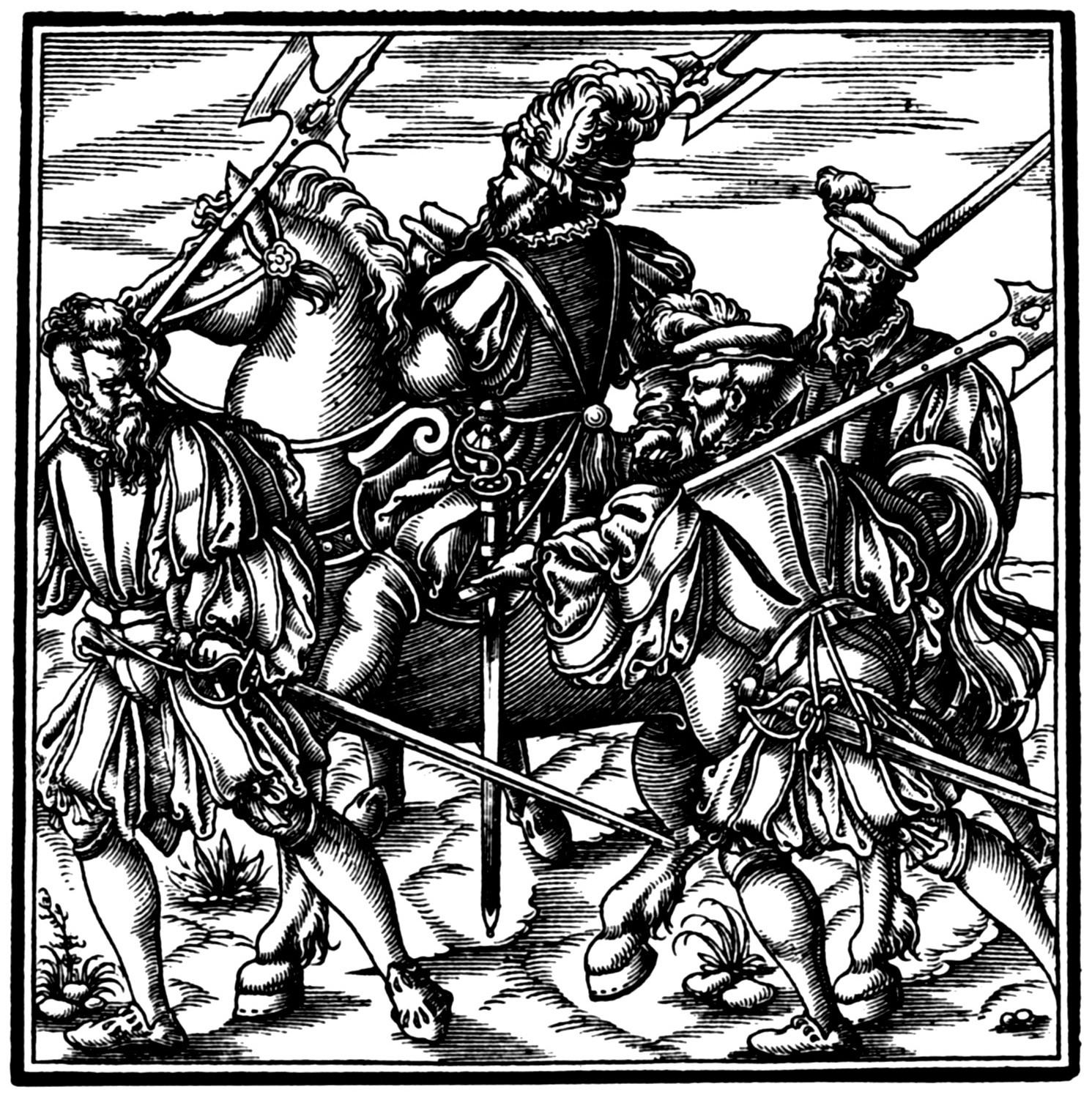
The following day, the Imperialists advanced to Casa de Levrieri and began constructing earthworks to protect their guns. The guns faced in two directions: toward a farm complex known as Torre de Gallo, just inside the park to the west, and toward the Five Abbeys sector to the south. The French immediately shifted a battery to Torre de Gallo to counter the Imperial artillery. The two batteries sparred with each other on a daily basis like boxers in training for a championship bout.
The mission of Lannoy’s 24,000-strong relief force, concentrated at Casa de Levrieri, was to open a supply line to the 9,000-man garrison under De Leyva. Time was running out for De Leyva; the Landsknechts inside the city were annoyed by the infrequent pay they were receiving, so, Lannoy and his lieutenants would need to accomplish their mission in a short period of time.
Since they had arrived in October, the French had shifted their forces stationed around the city. By February 3 they were arrayed in five different positions—Francis commanded 10,000 troops in the northwest quadrant of Mirabello Park farthest from the action, Flourance commanded 5,000 at Torre del Gallo, D’Alencon commanded 4,000 at San Lanfranco, and Montmorency commanded 3,000 in the Five Abbeys. A small force of 1,500 was located to the south in Borgo Ticino to make sure that no entry or exit was made from that direction. If the Imperialists were to attack any French position in force, it was unclear whether the other units would be able to render assistance to each other in time.
About a week after the arrival of the relief force, Bourbon led a night raid on San Paolo, one of the five abbeys on the opposite side of the Vernavola from the Imperialist encampment. The attack was beaten back, but another was attempted two nights later. This time Bourbon focused his attack on the Toretta gate at the southern entrance to the park. His large force temporarily captured a French siege battery and inflicted 400 casualties on the Swiss before it was driven off in a counterattack led by Flourance. The French subsequently withdrew the battery to Mirabello Castle, which was serving as Francis’s headquarters at the time. Meanwhile, De Leyva launched his own sortie in the direction of San Lanfranco, west of the city, in an effort to keep the French off balance.
With little or no funds to pay the Imperialist Landsknechts in Pavia or in the field, Lannoy convened a council of war on February 21 to discuss how to break through to the beleaguered garrison. “In three days, four at the most, we must make contact with the garrison inside the town, or all is lost,” he told the council. Unaware that they actually outnumbered the French, the Imperialist commanders did not plot a major attack aimed at dislodging the enemy from Pavia. Instead, they planned a raid similar to the ones Bourbon had conducted, only on a much larger scale.
The plan the council came up with consisted of a raiding party composed entirely of arquebusiers that would gain access to the park at night from the north, through a breach made by engineers. Once inside the park, they would take Mirabello Castle by force and, when that objective was secure, move quickly to make contact with the garrison inside the city. The main army would follow the arquebusiers and pin down any French forces that tried to disrupt the raid. While the strike force’s primary objective was establishing contact with the garrison, the Imperialist high command also hoped that the assault on Mirabello Castle would result either in the capture of Francis or the withdrawal of French forces from the park. Capturing Francis would be difficult since he had recently relocated his headquarters from Mirabello Castle to the northwest corner of the park in the vicinity of Porta Repentina.
The plan called for the 1,000 Imperialists remaining behind at Casa de Levrieri to fire three salvos at dawn as a signal to the Pavia garrison to sally forth into the park and link up with the raiders. The Imperialists decided to breach the wall surrounding the park from the north side rather than storm one of the gates because it would allow for a greater element of surprise. On the night of February 19, Lannoy sent the first of several patrols over the wall in an effort to determine the best place for a breach to be attempted. The patrols got bolder with each successive night, and on February 22 they reached the southernmost area, a large wood opposite the castle. At that moment, they were spied by a French infantry patrol that captured four members of the reconnaissance party. Those who managed to escape reported that the woods were generally open and the ground was firm enough between the wall and the castle to allow for a swift advance. What was more, the woods would conceal the strike force as it rushed south. The raid was set for the following night.
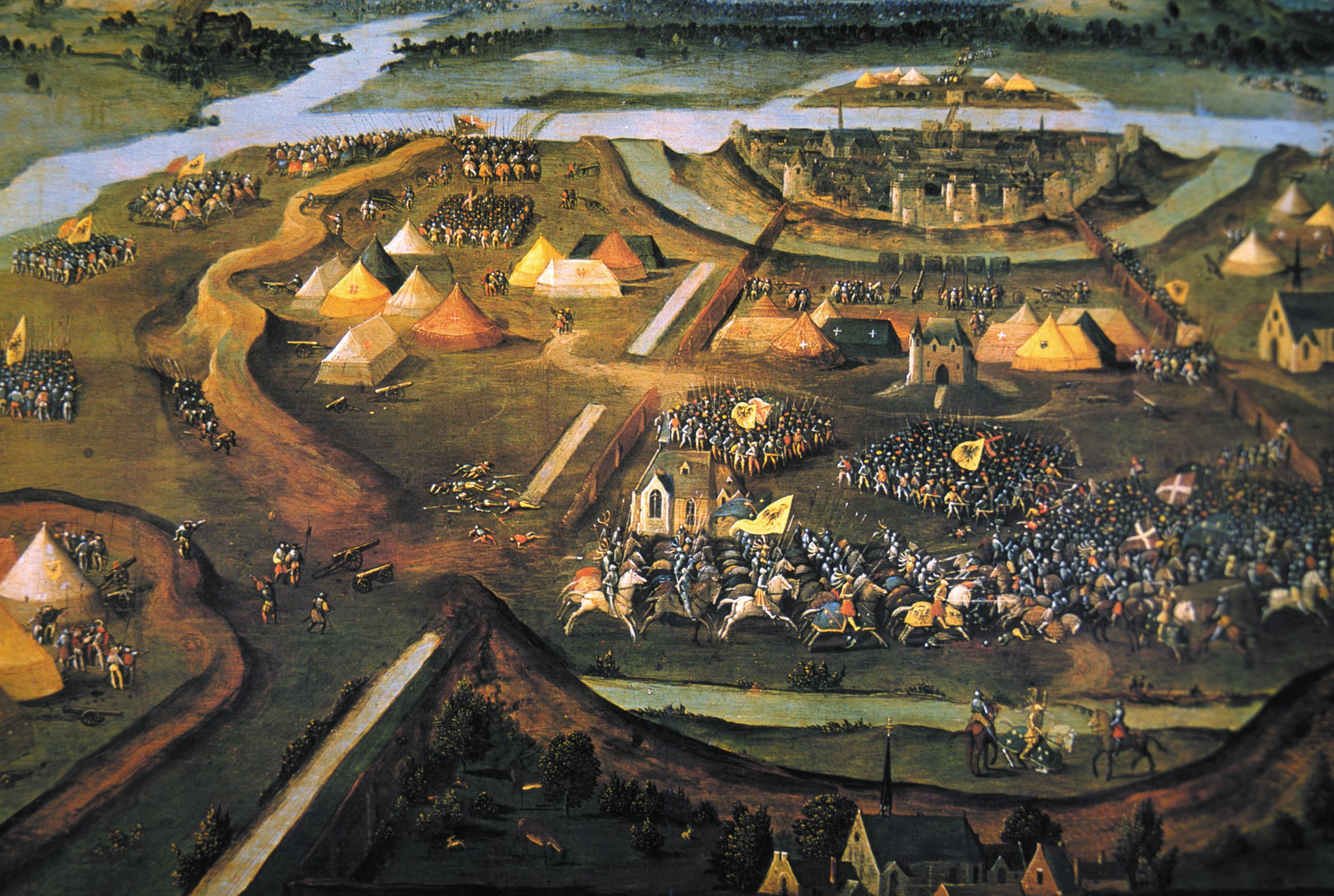
The Imperialist engineers had decided to breach the wall just west of the Porta Pescarina, about midway along the north wall. The army began its march from Casa de Levieri at about 10 pm on February 23. The infantrymen wore white shirts over their armor to identify friend from foe in the dark. Accompanying the arquebusiers in the vanguard were 2,000 engineers equipped with picks and sledgehammers. The engineers began their work in earnest about midnight, but their progress was slow. When Lannoy arrived at the breach, he found that the engineers were having difficulty breaking through the thick wall surrounding the park. He had hoped to break through the wall quickly, but they were not able to make the breach wide enough for troops to begin marching through until around 4 am. The delay in breaching the wall would have a major influence on the course of the action—instead of the raiders attacking Mirabello in the dark of night, they would not arrive at their objective until dawn.
At 4 am, French cavalry scouts reported to their commander, Charles Tiercelin, Lord of Roche du Maine, that the Imperialists were trying to smash through the wall and break into the park. The report was forwarded immediately to Flourance, who mustered 3,000 Swiss pikemen near Torre del Gallo. They stood ready to march at a moment’s notice if an enemy attack were to take place.
An hour later, a force of 3,000 Imperialist arquebusiers under the command of Alfonso de Avolos de Aquino, Marquis de Vasto, who was Pescara’s nephew, began passing through the breach and advancing under the cover of the woods toward Mirabello Castle. The strike force included both Spanish and Neapolitan troops trained by Pescara himself. The arquebusiers were supported by a battery of light artillery that was driven through one of the gates. Behind the arquebusiers and the battery rode Spanish and Italian light cavalry that deployed in the open space between two wooded lots in the northern section of the park. As the Imperialists formed in the northeast corner of the park, Flourance marched his Swiss pikes toward the sound of the enemy advance. Supporting Flourance’s advance was Tiercelin’s light cavalry. The time was about 6 am.
First Clash—Flourance’s Pikemen and Tiercelin’s Light Cavalry VS. the Spanish Light Cavalry
The flood plain of the Ticino River was often covered by dense fog in the early morning during the winter months. Even though the sun had risen, it was nearly impossible for the troops on both sides to see more than a few yards in front of them. Under such conditions, it was difficult for the commanders on both sides to coordinate the movement of their forces that morning.
The first clash occurred when Flourance’s pikemen and Tiercelin’s light cavalry ran headlong into the Spanish light cavalry. During their march north through the thick fog, the French had failed to spot the column of Imperialist arquebusiers marching south toward Mirabello on their left flank. However, they did stumble upon the Imperialist battery of field guns moving along a wagon track through the park. The crews fled and the French captured more than a dozen guns. As Tiercelin reached the Spanish cavalry south of Porta Pescarina, he was joined by Bonnivet, who had come up with 50 men-at-arms to gauge the extent of the Imperialist threat. Together, the French gendarmes and light cavalry drove back the more lightly armed Spanish and Italian cavalry.
Bonnivet returned to the main camp, where Francis was preparing to take the field, and informed the king incorrectly that the incursion had been repulsed by the forces at hand. About that time, a salvo of guns boomed in the distance; this was the signal to De Leyva to attack the French forces in his front. His Landsknechts poured out of the city toward the southern entrance to the park at the Torrette farm. The French sentries were quickly overrun in an entirely one-sided skirmish. By occupying the southern entrance to the park, De Leyva had driven a wedge between the French forces to the east and west of Pavia at the Five Abbeys and San Lanfranco, respectively. The French army was now essentially divided into three parts: one inside the park, another at San Lanfranco, and a third at the Five Abbeys. This meant that Francis and Flourance could not count on the 7,000 troops outside of the park that might have come to their support if the three groups had managed to remain in contact with each other.
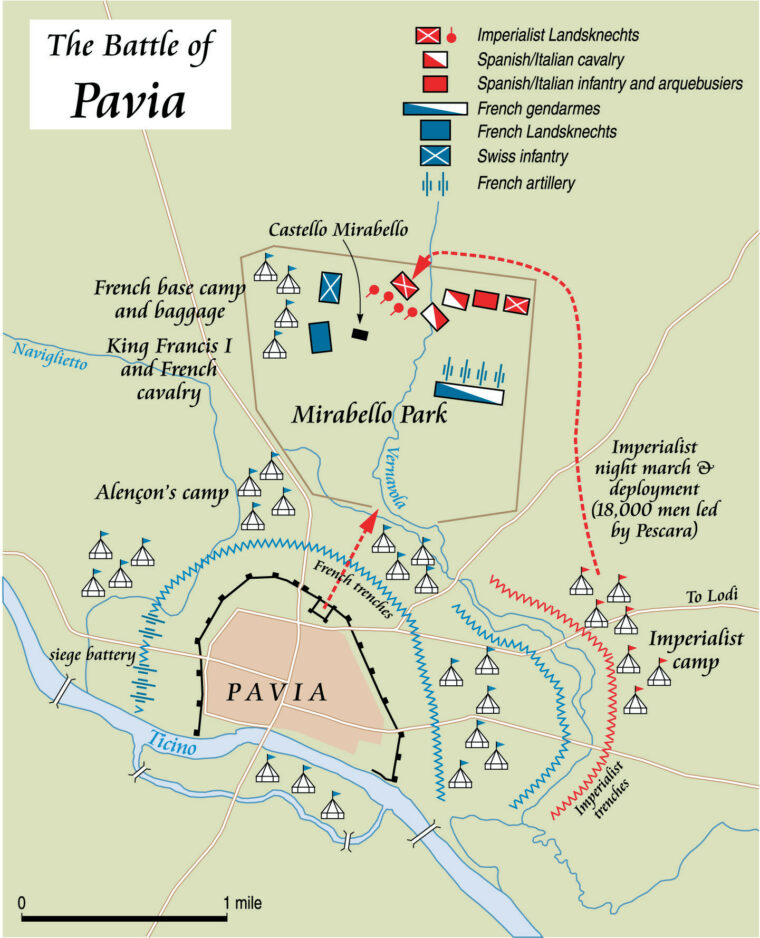
De Vasto’s arquebusiers emerged from the woods around 6:30am and stormed Mirabello Castle. The small garrison guarding the castle was caught completely by surprise and unable to raise the drawbridge before the arquebusiers poured over it. Other elements of De Vasto’s command swarmed over the French baggage train parked next to the castle and proceeded to cut down a large group of camp followers, servants and merchants in cold blood. Although he could not prevent the slaughter of innocents, Pescara arrived in time to restore order and reorganize the arquebusiers for the next phase of the battle.
To the south, the formidable French battery at Torre del Gallo foiled the initial attempt by De Vasto’s forces at Mirabello to link up with De Leyva’s force at Toretta.
Meanwhile, Bourbon continued to funnel fresh troops through the breach and the nearby gates. Around 7am, two large columns of Imperialist Landsknechts marched into the park to support De Vasto’s foothold at Mirabello. The first column, led by Sittlich, entered the park via the Porta Pescara and deployed opposite Flourance’s Swiss pikes. Sittlich’s force of 8,000 Landsknechts outnumbered the Swiss by almost three-to-one. The two forces quickly closed with each other, and a deadly pike contest began between the two sides to see who would control the northeast corner of the park. The Imperialists quickly gained the upper hand, and the Swiss and French light cavalry began to fall back.
Meanwhile, Pescara led a second infantry column of similar size, including both Spanish infantry and Landsknechts, into the park through the breach. They were screened on their right flank by a mounted force of about 2,000 riders, which consisted of a core of Spanish men-at-arms and supporting light cavalry. Pescara’s force formed in reserve to support either Sittlich or De Vasto, depending on the course of battle.
Francis’s camp in the northeast section of the park was located in a wooded area where the French had cleared enough trees and undergrowth to make room for earthworks and a battery. Joining Francis in the camp was a number of senior French nobles. In addition to Bonnivet were two other key persons—la Palice and la Tremoille—and their respective lances. The French under Francis’s command included 3,600 heavy cavalry (900 lances and supporting cavalry), 4,000 Landsknechts, and 2,000 French infantry. Opposite the main French position, the Imperialists formed a line of battle running from the northeast to the southwest. As they moved into position, a portion of their force was caught in a cross-fire by French artillery from Porta Repentina Torre del Gallo. Imperialist casualties from the cannon fire were relatively light, less than 600, due to the thick fog and the availability of ample cover.
Thinking the Imperialists to his front were only part of a raiding party, Francis prepared to charge them despite the limitations of the terrain. To use his artillery and infantry to repel the invaders when the gendarmes were on hand was contrary to the code of chivalry that he and his fellow nobles still followed despite all the changes in weapons and tactics that made a heavy-cavalry charge a risky undertaking. The mounted French gendarmes trotted out from their camp and formed a diagonal line opposite the Imperialists. Facing them were a mixed force of about 1,600 Spanish heavy cavalry and 500 Spanish light cavalry led by Lannoy. The French lances formed into four ranks. In the first rank were the gendarmes, drawn from the various royal households of France, clad in full plate armor and wielding heavy lances. Behind them were supporting cavalry sporting lighter lances and, like the gendarmes, equipped with sword, mace, or war hammer to use after their lance broke or was discarded following the initial charge. Among the light cavalry were also archers and coustilliers armed with short spears. Although the Spanish cavalry was not as well-armed as the French and was substantially outnumbered by their opponents, it formed up to receive the French charge. Lannoy said to those around him: “There is no hope left except in God. Follow me and do as I do.”
Francis ordered his lances forward, and the Imperialist knights charged in response. Within seconds, the two sides crashed into each other in a fury of steel and flesh. The French gendarmes rent deep gaps in the inferior Spanish cavalry and drove them back 500 yards. Realizing that they were no longer an effective fighting force, those Spanish knights who could escape with their lives did so by riding south or east. The French knights were forced to stop at the tree line of the forest that bordered Mirabello Castle on the north. There, exhausted but elated, they rested, holding the false belief that the threat to their camp had been removed. Francis remarked to one of his nobles: “Monsieur de Lescun, now I am really the Duke of Milan!”
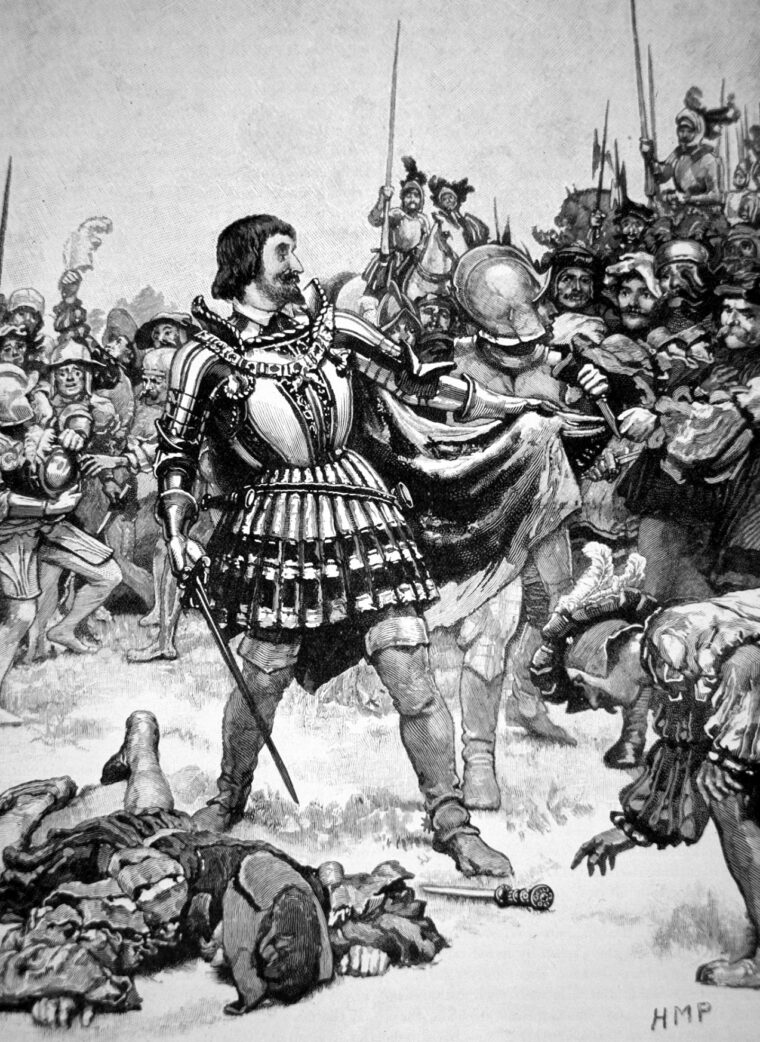
But Francis had spoken too soon. The French cavalry had outrun their infantry support and were blocking the field of fire that their artillery had enjoyed before the charge. Although Lannoy had left the field of battle with his retreating cavalry, Pescara was nearby to take charge of the situation after the French charge ended at 7:45am. He quickly assessed the situation and, with the forces available to him, set about isolating the French gendarmes with the aim of destroying them.
Almost all the Prominent Nobles who Fought Alongside Francis were Killed.
Pescara ordered De Vasto’s arquebusiers to attack the right flank of the French cavalry. The arquebusiers took up well-concealed positions in the irrigation ditches surrounding Mirabello Castle and poured heavy fire into the ranks of the gendarmes, who found it difficult to retreat across the marshy ground. At the same time, Pescara sent word to both Bourbon and Frundsberg for reinforcements. Both commanders marched briskly to his support. Bourbon moved through the open woods north of Mirabello with 4,000 Landsknechts from the reserve column to assail the French gendarmes’ left flank. The Landsknechts had driven Flourance’s Swiss well back in the northeast sector, and thus had ample troops to spare. When the messenger arrived from Pescara, Frundsberg immediately ordered his captains to disengage. Frundsberg’s pikes arrived on the French right flank to support De Vasto’s arquebusiers about the same time that substantial French infantry reinforcements came up.
By 8 am, the situation facing the French gendarmes was grim. Unable to reform or retreat in the boggy ground, they were outflanked on both sides. Their only hope for relief lay in the 6,000 infantry commanded by Richard de la Pole, the exiled Duke of Suffolk, and Francois de Lorraine, who were encamped with Francis near Porta Repentina. Learning that the king and his nobles were in grave danger, Suffolk marched his 4,000 Landsknecht pikes, and Lorraine marched his 2,000 French pikes, toward the action. But the ensuing counterattack could not save the French gendarmes, who were being shot to pieces by the Imperialist arquebusiers when the French infantry arrived. Small-arms fire felled horses and toppled knights from the saddle. Once on the ground, they were finished off by Imperialist infantry with knives or firearms at close range.
Almost all the prominent nobles who fought alongside Francis were killed. The 66-year-old La Tremouille was killed by arquebus fire. La Palice was unhorsed by enemy soldiers and dispatched with a knife through an opening in his armor at the neck. Bonnivet, who had convinced Francis to see the siege through to its finish, was pierced by pikes while still astride his war horse. Quickly and efficiently, the Imperialist arquebusiers and pikes surrounded the remaining knights and finished them off. The horror of the moment gripped Francis, who cried: “My God! What is this?”
When the French Landsknechts, known as the “Black Band,” arrived astride the right flank of the gendarmes about 8:15am, they immediately became engaged in a “push of the pike” with Frundsberg’s Landsknechts. The soldiers of the Black Band were regarded as traitors by their fellow Landsknechts for having gone over to the French side for better pay in the middle of the campaign, despite a decree by the emperor that it was an offense for any Landsknecht unit to serve his enemies. When the two Landsknecht units met in battle, it was understood by each that no quarter would be given. The Black Band fought bravely, but they were no match for the Imperialist Landsknechts, who were reinforced by fresh troops. Both Lorraine and Suffolk went down in the confused fighting among the pike formations. Nearly all of the Black Band were slain where they stood. The few survivors that managed to flee were hotly pursued by their fellow countrymen, who overran the French artillery as they took complete control of the battlefield.

Just to the north, the slaughter of the French gendarmes continued unabated. Francis, who like his fellow nobles would have refused to retreat even if he could have done so, was in extreme danger. He fought fiercely atop his war horse until the beast was toppled by multiple arquebus rounds. Jumping to his feet, the king found himself surrounded by a large number of Spanish pikemen and arquebusiers who were determined to kill him. Twice the foot soldiers rushed him from behind, but he managed to drive them off each time, suffering only superficial wounds to his face and sword arm thanks to his heavy armor. A third attack knocked him to the ground, When some of the foot soldiers who had brought him down drew knives, which they planned to plunge through gaps in his armor.
At that moment, Lannoy, who had returned to the thick of the fighting once the Imperialists reinforcements arrived, rode into the fray, swinging his sword from left to right to protect the king and hold back the bloodthirsty foot soldiers. His horse rearing and plunging, Lannoy managed to clear a path to the king and was soon joined by a band of Neapolitan arquebusiers whom he called on to help him lead Francis away. A brief but bitter fight ensued between the Spanish and Neapolitan arquebusiers for control of the royal captive, ending when the Neapolitans shot down a number of the Spanish. While this was happening, Lannoy urged the king to take refuge in a nearby hedge until order could be restored. When the fighting died down, Francis crawled out from beneath the hedge and scrambled back to his feet. Looking at the king’s bloody face, Lannoy asked, “Sire, are you severely wounded?” “No,” Francis replied. “Hardly at all.” Lannoy personally took charge of the captured king.
By this time, the French army was in full rout. Frundsberg’s Landsknechts had overrun the French camp in the northwest quadrant, and Sittlich’s Landsknechts had driven the Swiss out of the park via Porte de Livrieri near Torre del Gallo. When the Swiss reached the Five Abbey sector, they continued their retreat with Montmorency’s Swiss troops toward a single pontoon crossing over the Ticino, closely pursued by De Leyva’s and Sittlich’s troops. The pontoon bridge could not accommodate the thousands of retreating troops, and only about half of the nearly 6,000 Swiss made it across to the other bank. Those not so lucky were either cut down by their pursuers or drowned trying to cross the river.
On the opposite side of the city, in the San Lanfranco district, D’Alencon retreated north toward Milan with 4,000 French and Italian troops, having made no effort to reinforce or rescue Francis. When the fog lifted around 9am, the Imperialists saw that they were in firm control of the entire battlefield and also of Pavia itself. They had won a decisive victory, one that would allow them to dictate the terms of peace.
The staggering victory was the turning point in the Italian War. The French suffered about 10,000 casualties and lost a large percentage of their nobility in the last, ill-fated cavalry charge. Most of the credit for the Imperialist victory at Pavia went to Pescara. Once the De Vasto’s arquebusiers had captured Mirabello, he was able to keep them from scattering too soon to loot their prize and redeploy them for the next, unexpected phase of the battle that resulted in the destruction of the French heavy cavalry.
Francis was temporarily interred at the fortress of Pizzighettone. On June 25, he was sent by ship from Genoa to Barcelona, where he entered into negotiations with Charles V that eventually would lead to his release the following year. While he was in captivity, Francis’s mother stabilized the country by keeping peace with England and refusing Charles’s demands that she turn over to him both the province of Burgundy and Bourbon’s hereditary lands. To gain his release, however, Francis ultimately had to pledge to turn over Burgundy to Charles.
On January 14, 1526, the two sides signed the Treaty of Madrid, which mandated the transfer of the province to Charles, and the French king returned to his own country two months later. As soon as he was safe within his country’s borders, Francis appealed to the pope, who released him from his moral obligation to fulfill the terms of the treaty. For this reason, the war would continue until 1529, when the two sides signed the Treaty of Cambrai, which compelled Charles to give up his claim to Burgundy and Francis in turn to relinquish any claims to the Italian regions. Although Bourbon never recovered his hereditary lands, Charles presented him with the Duchy of Milan for his role in the Battle of Pavia. In the end, Francis had managed to outmaneuver Charles politically, if not militarily, proving Prussian strategist Klaus von Clausewitz’s cynical observation that politics is “war by other means.”

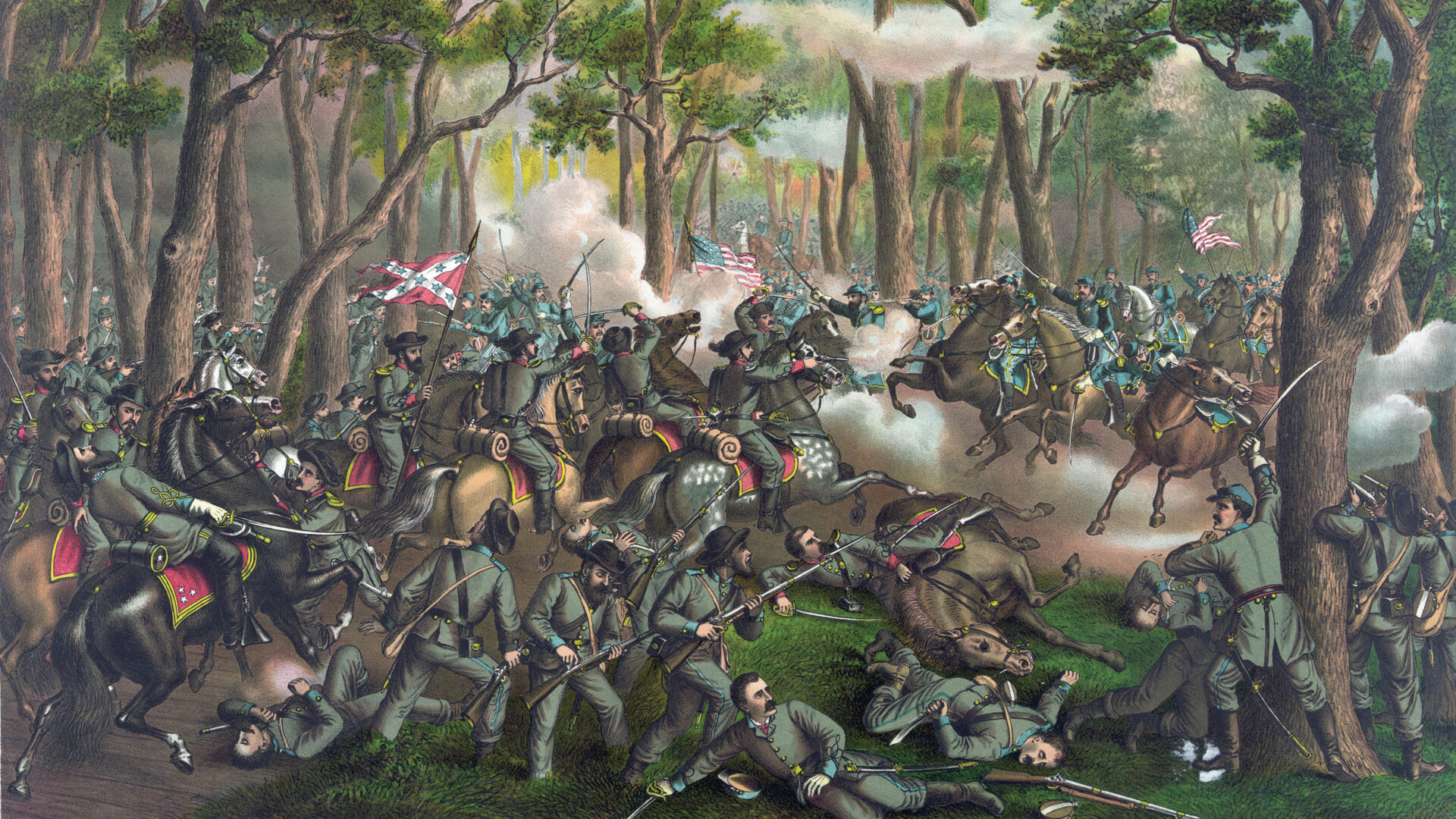
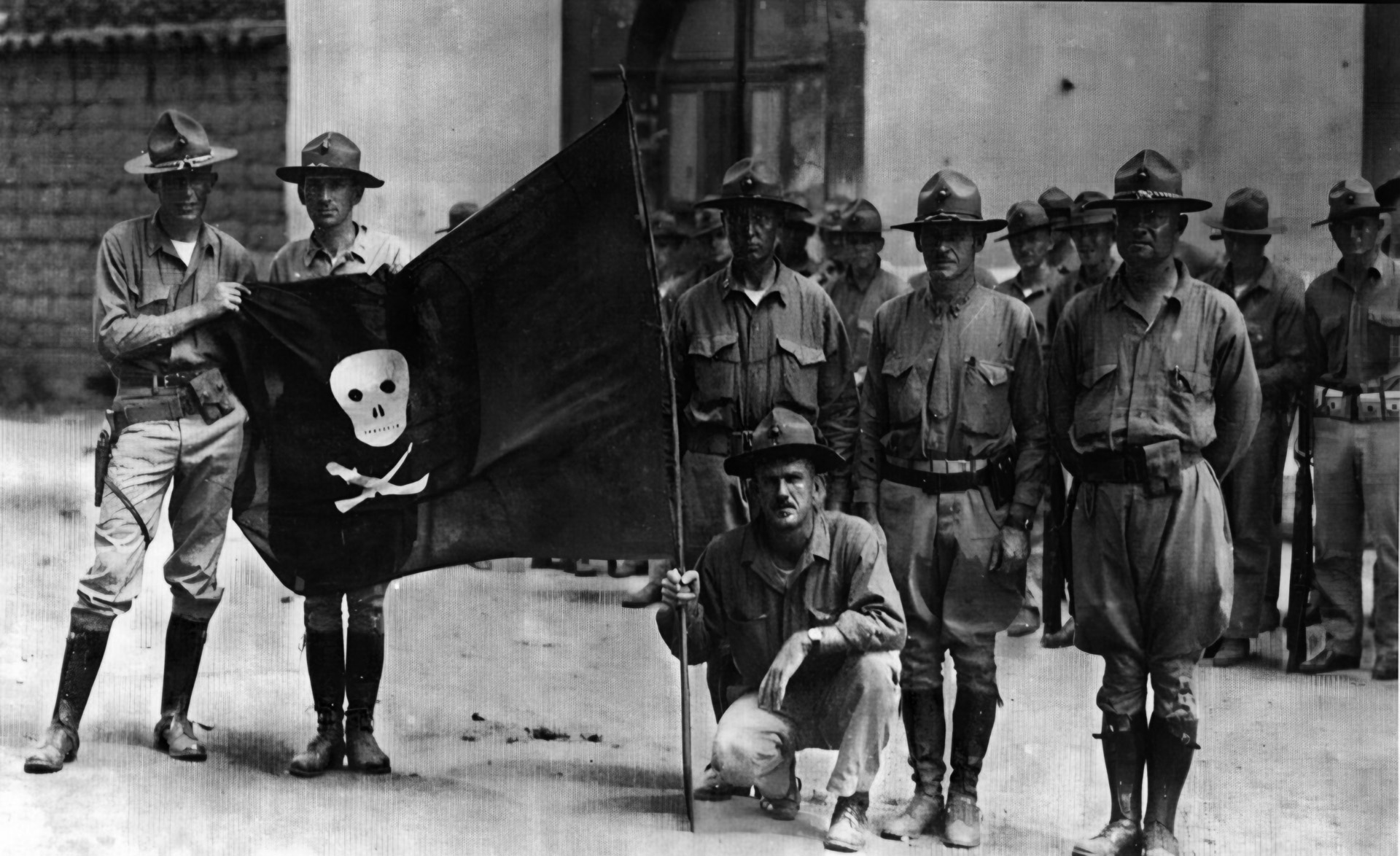
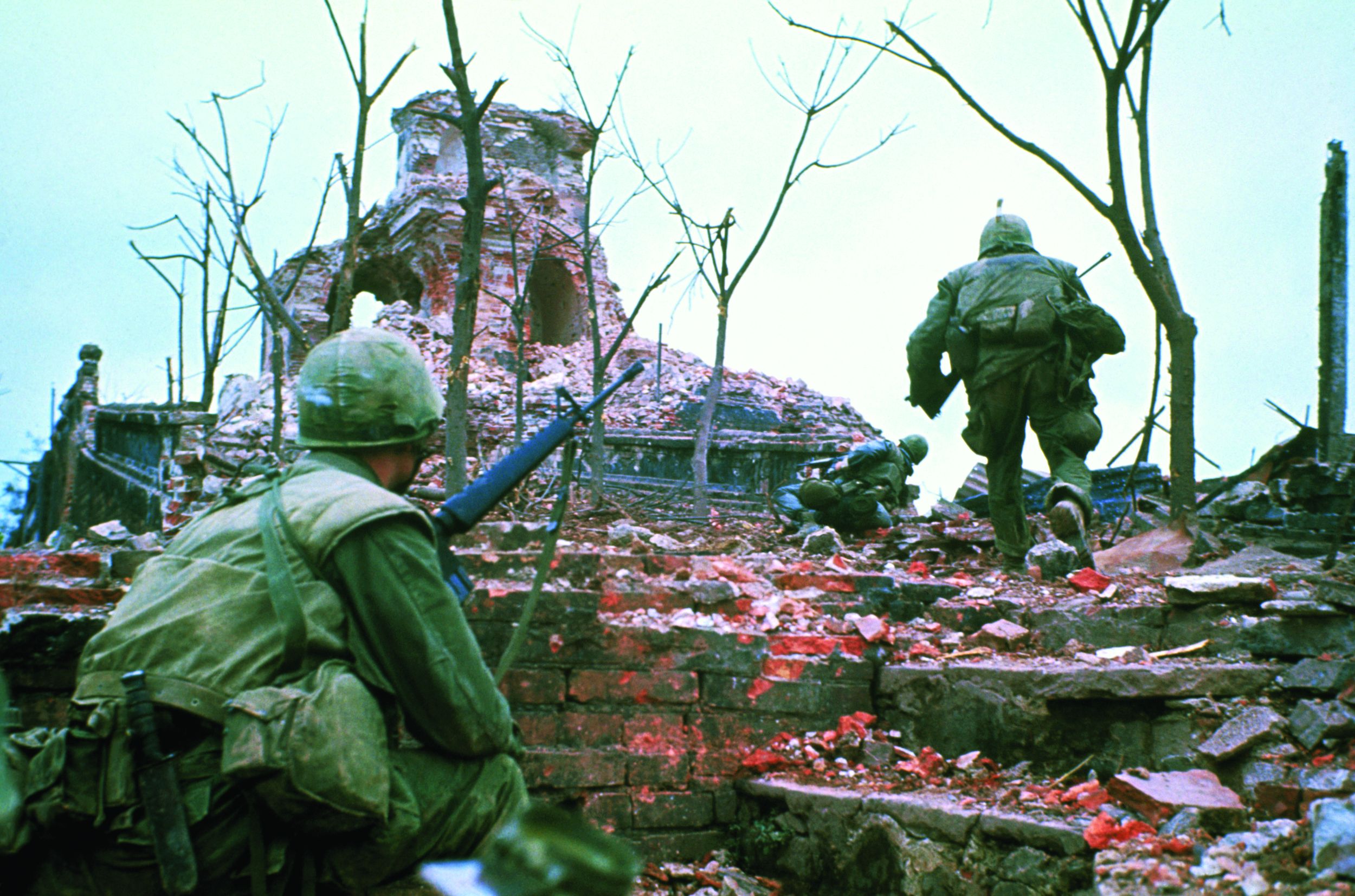
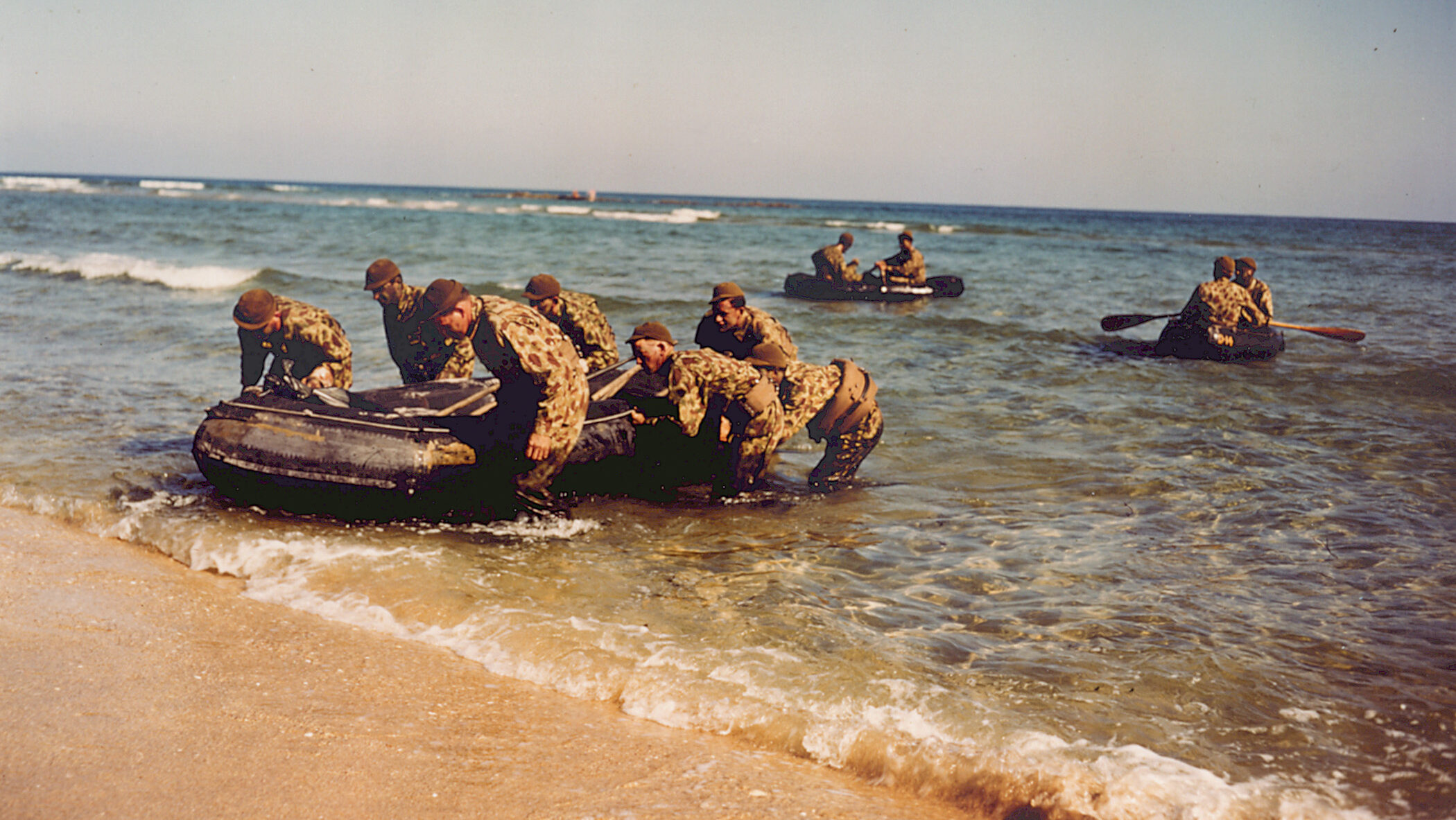
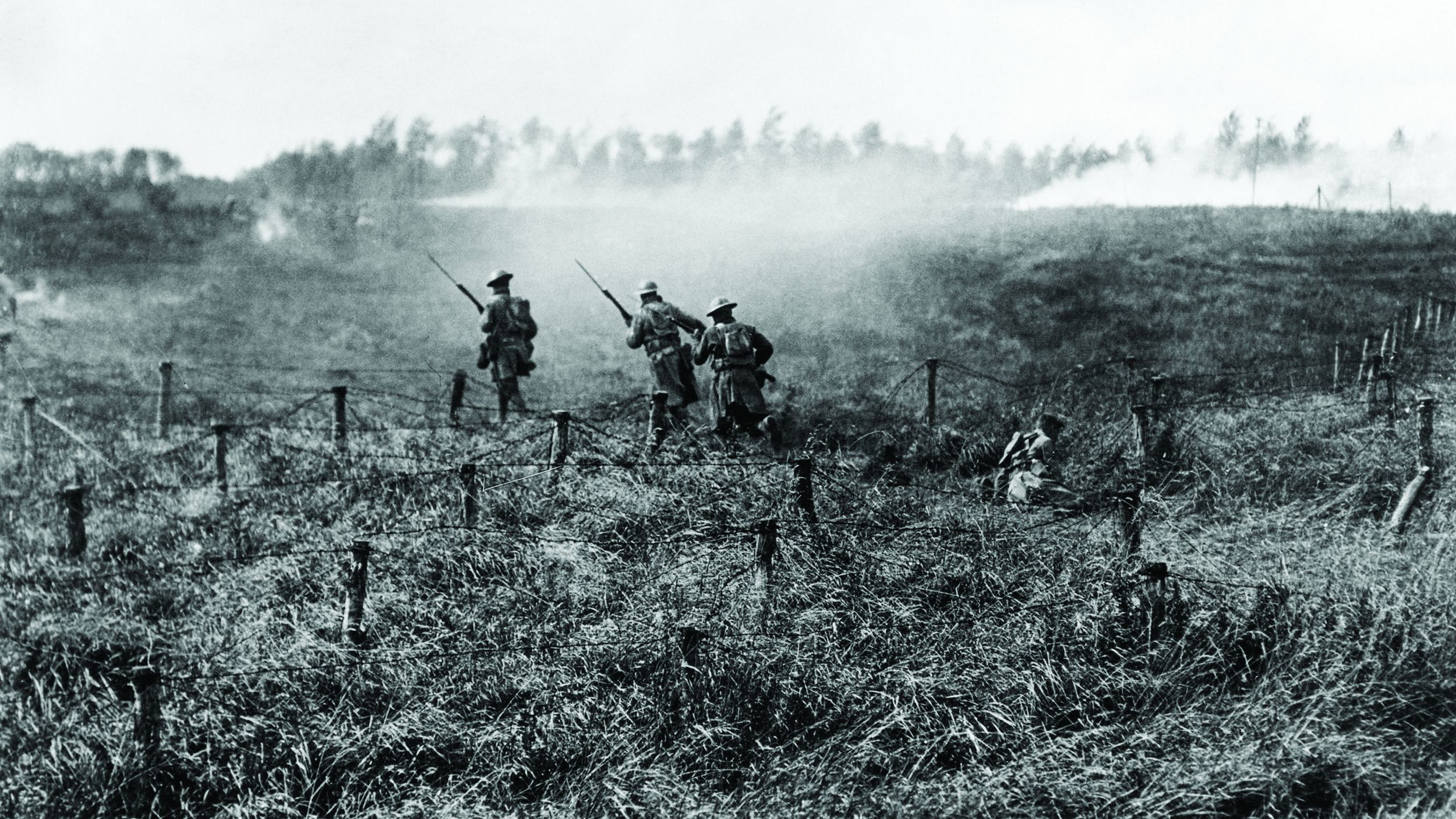
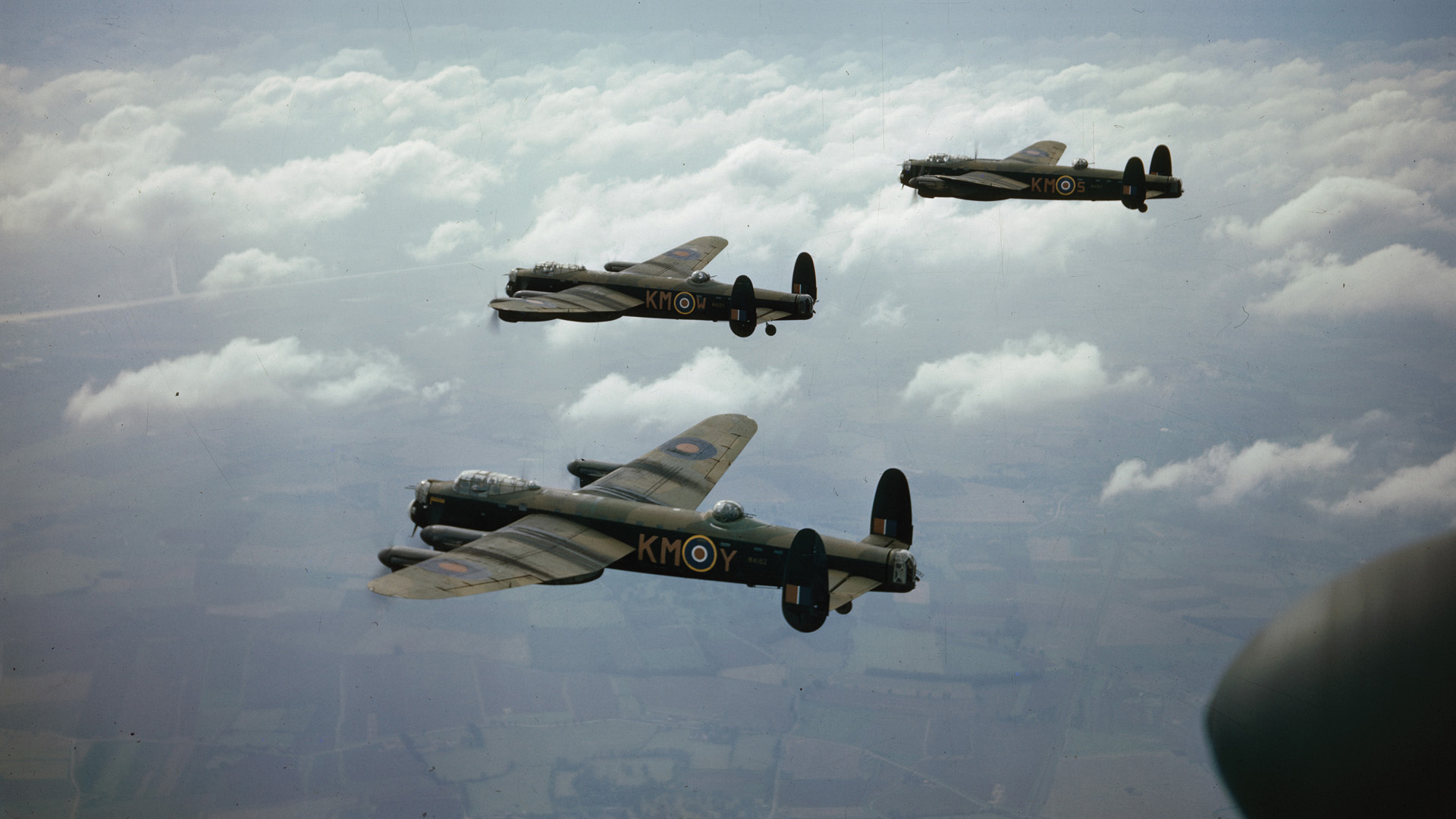
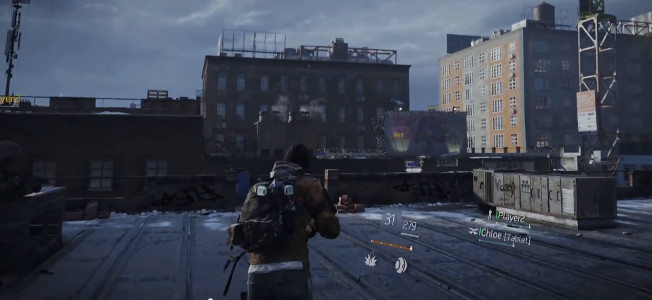
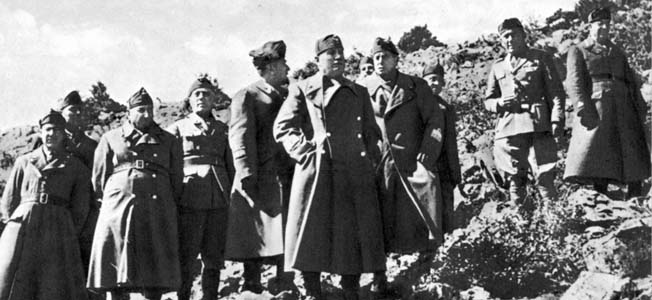
Join The Conversation
Comments
View All Comments